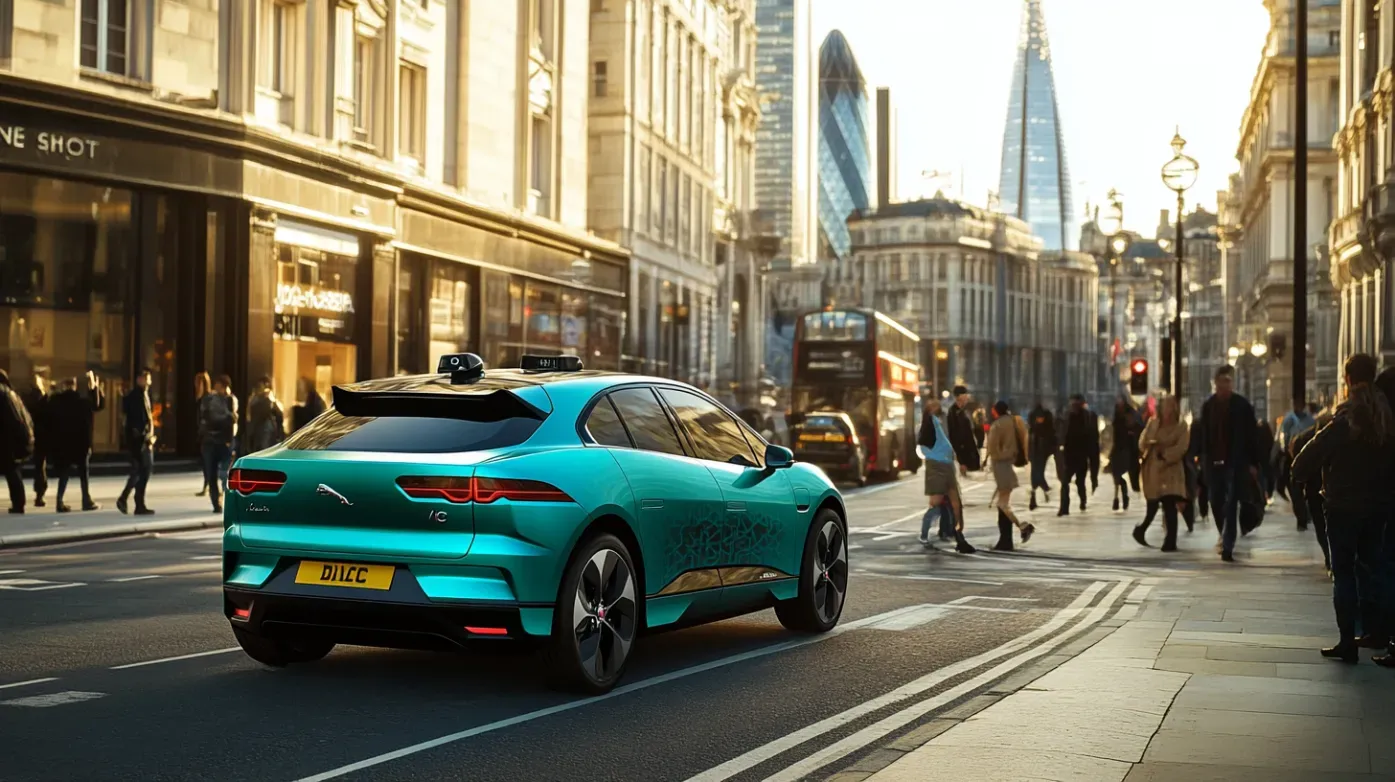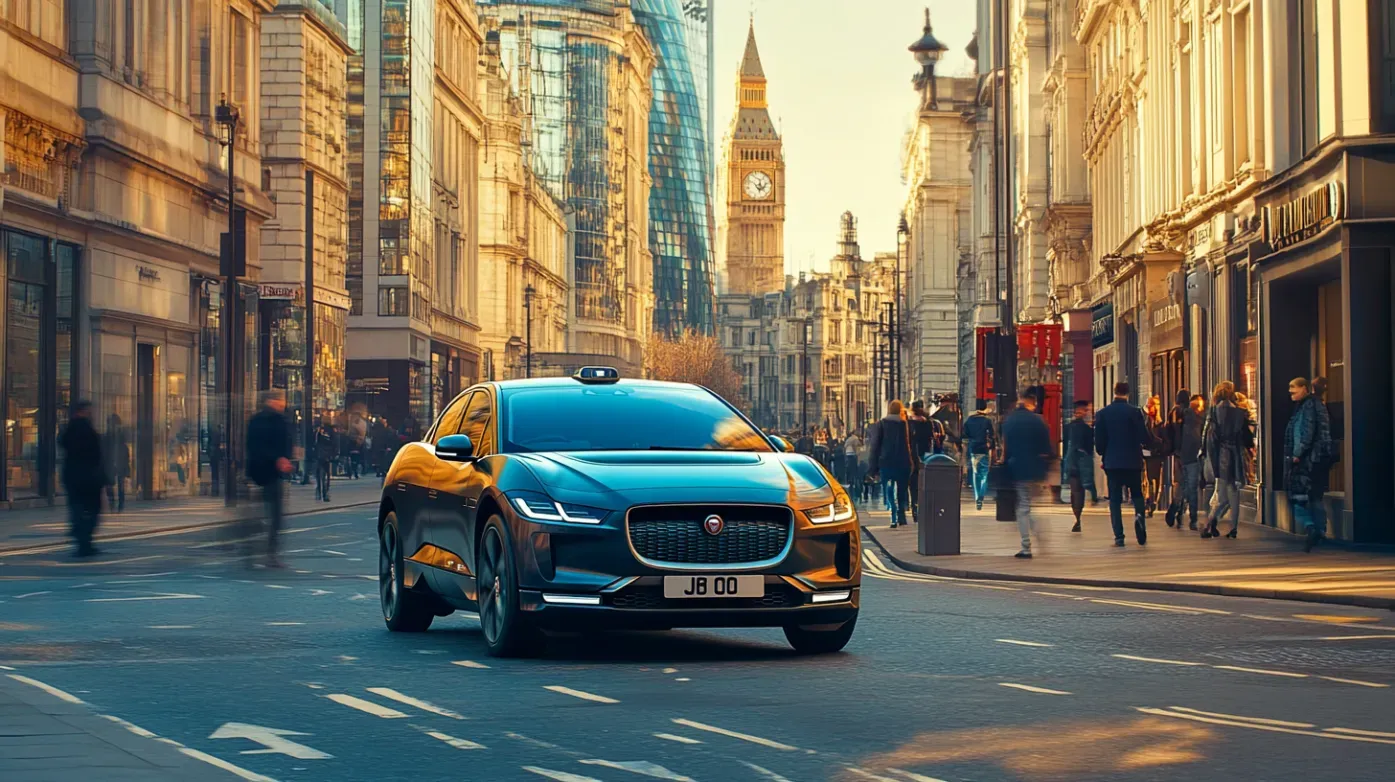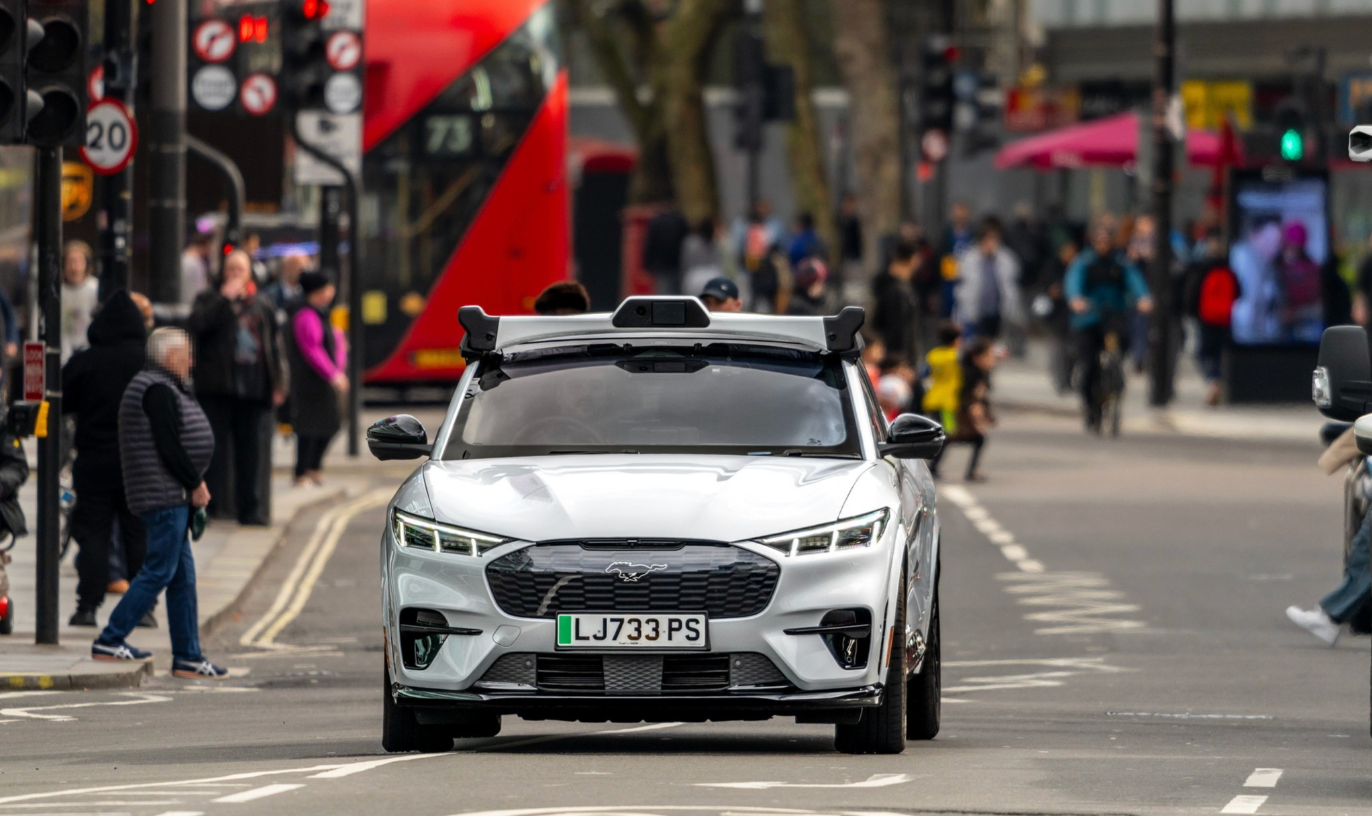Robotaxis and Regression: The Crossroads of London’s Taxi Future
London’s Driverless Future Rolled Up, Early
London is set to welcome its first Level 4 autonomous taxis in spring 2026—far sooner than expected. The UK government has fast‑tracked trials under the Automated Vehicles Act, enabling Uber and Wayve to launch full on‑road robotaxi pilots without safety driversft.com+8investor.uber.com+8businessinsider.com+8zagdaily.com+2gov.uk+2zenzic.io+2. With potential for a £42 billion economic uptick and 38,000 jobs by 2035, the stakes are high—and the pace is purposeful.
What Makes Wayve Unique
Wayve’s system stands out by using end‑to‑end AI rather than relying on detailed, pre-loaded maps. The result? A vehicle that learns on the go. A recent ride in a Wayve Ford Mach‑E through central London put it to the test—with AI handling everything from jaywalkers to falling debris and tight lanes wsj.com+14businessinsider.com+14ft.com+14. It worked. But London, as any driver knows, throws curveballs.
Trust and Trials
Public confidence isn’t automatic. Though Wayve blends cameras, radar, and lidar for perception, people still want to know: can it handle bad weather? sudden road closures? unpredictable human behaviour? Regulators will require safety performance that matches or exceeds human drivers. How well will the trials check that box?
The Iconic Black Cab at Risk
Meanwhile, traditional taxis face a different kind of test. The Centre for London warns that black cab numbers have dropped from 22,800 to 14,470 over the last decade. Without support—from easier licensing to loans for electric models—they risk disappearing by 2045 businessinsider.comtheguardian.com. TfL is now preparing an action plan—but will it save the legacy fleet?
Balancing Innovation with Inclusion
Tech-first rollout risks sidelining legacy operators. Effective deployment requires:
- AI transparency – People need insight into how decisions are made.
- Driver support – Incentives for electric taxis, training for new tech.
- Regulatory clarity – Consistent frameworks across cities and councils.
- Local adaptation – Recognising that what works for robotaxi trials may not work everywhere else.
A London Tipping Point
This isn’t just tech hype. These trials will shape the future of UK mobility. If done right, London—and the wider UK—could lead the global AV charge. But if rollout skims over trust or overlooks legacy drivers, gains could backfire.
The coming months will be decisive. If the trials prove safe and inclusive, they could open doors to a safer, greener, and smarter transport ecosystem. But that only happens if we bring everyone along—Uber, Wayve, black cabs, regulators, and the public. Otherwise, we risk swapping one crisis for another.
You might also like






